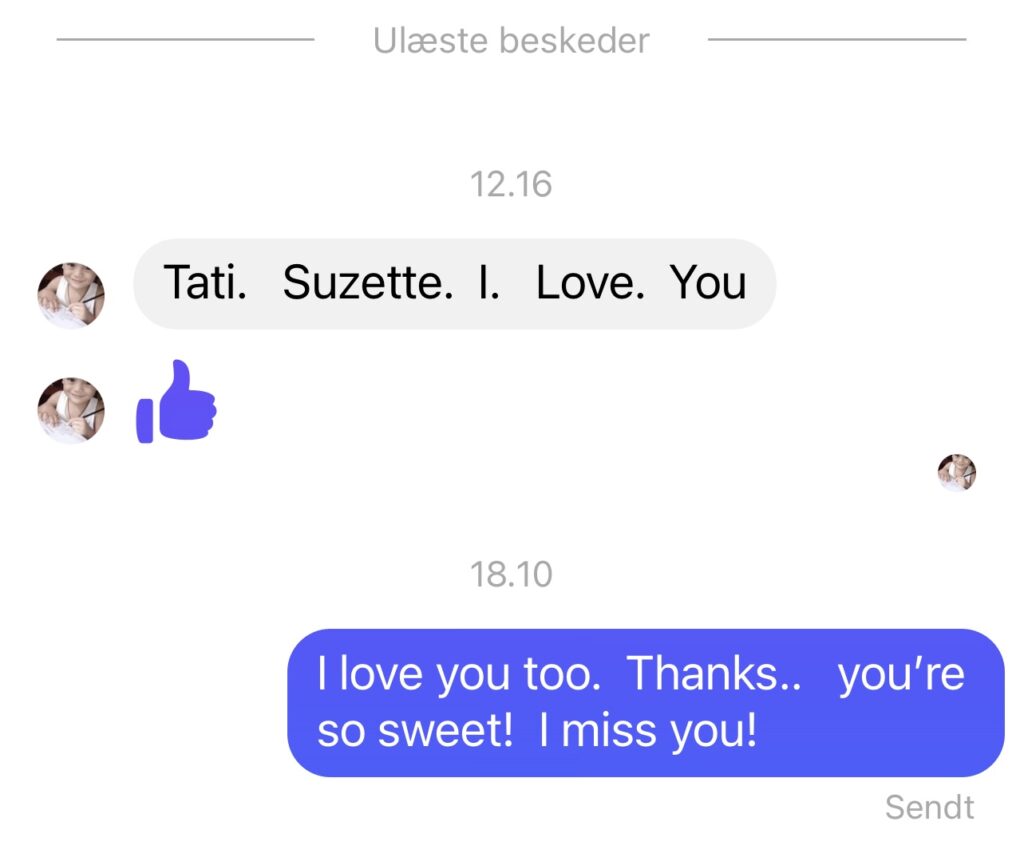
Yesterday, I found comfort in the sweet words of my special someone—he told me he loved me, not just once but many times. It filled my heart with happiness and warmth.
Today, a message from my 5-year-old nephew in the Philippines reached me, saying, “Tita Suzette, I love you.” As I sit down to share these thoughts, the significance of feeling loved becomes crystal clear.

What is Love?
So, what is love, really? It’s a question that has puzzled people for ages. Love isn’t a complicated puzzle; it’s a language that speaks to the heart, crossing all cultural boundaries. It comes in different forms—from romantic relationships to family bonds and the friendships that make life beautiful.
Love, a Universal Language
Think of love as a universal language, one that goes beyond where we come from or how we express it. It’s a feeling that weaves through our lives in countless ways, connecting us all.
At its core, love is a deep connection—a silent understanding that happens between hearts. It doesn’t always need words; it’s in the shared glances, the comforting touches, and the feeling that binds us together. Words become vessels for a sentiment that’s tough to put into words.
Expressions Across Cultures and Time
From ancient poetry to today’s stories, love has been a constant theme in human life. It’s celebrated in songs, paintings, and history books. Even though how we show love might change across cultures, its essence remains a universal truth that stands the test of time.
The Many Shades of Love
Love is like a rainbow of emotions, with each color adding to the beauty of life. There’s the excitement of romantic love, the selflessness of family bonds, and the joy of friendships. Love speaks differently to each of us, like a language with many dialects.
A Bridge Across Differences
In a world often filled with differences, love becomes a bridge. It goes beyond the things that set us apart, offering comfort in tough times, joy in moments of celebration, and a shared sense of humanity that unites us.
The Origin of Love: Timeless and Enduring
Did someone invent love, or has it always been around? Love predates fancy inventions; it’s been with us since the beginning of human existence. It’s weathered time, influencing our art, stories, and the way we connect with each other.
Love in the Modern Age: Changing Styles
In today’s world, love wears a modern look. It’s not just about grand gestures; it’s in the messages we send, the moments we share, and the way we connect online. Love keeps up with our fast-paced lives, taking on new forms.
Why Feeling Loved Matters: A Fundamental Need
Feeling loved goes beyond a fleeting emotion—it’s a basic human need. Studies tell us that love and connection are linked to lower stress, better mental health, and increased resilience. Love provides a sense of belonging and security, creating an environment for personal growth and self-discovery.
The Emergence of Self-Love: Loving Yourself Matters
Recently, the story of love has expanded to include a vital chapter on self-love. What does that mean, and why is it important today? Self-love isn’t about being vain; it’s about recognizing and appreciating your own worth. In a world full of comparisons and pressures, loving yourself has become crucial for emotional well-being.
Love Isn’t Just a Feeling; It’s a Doing
Love is more than just a warm feeling; it’s a series of actions. It’s in the small gestures—a kind word, a comforting hug, or a shared laugh. Acts of love, whether directed outward or inward, have the power to transform not only our lives but also the world around us.
In Conclusion: Love, Our Guiding Light
As I think about the love shared with my special someone and the innocent affection from my nephew, one truth stands out—love is not just an emotion; it’s the heartbeat of our existence. Whether it’s the love we receive or the love we give, it’s the most powerful force shaping our lives. Let’s celebrate it, cherish it, and let it be the guiding light on our shared journey.
